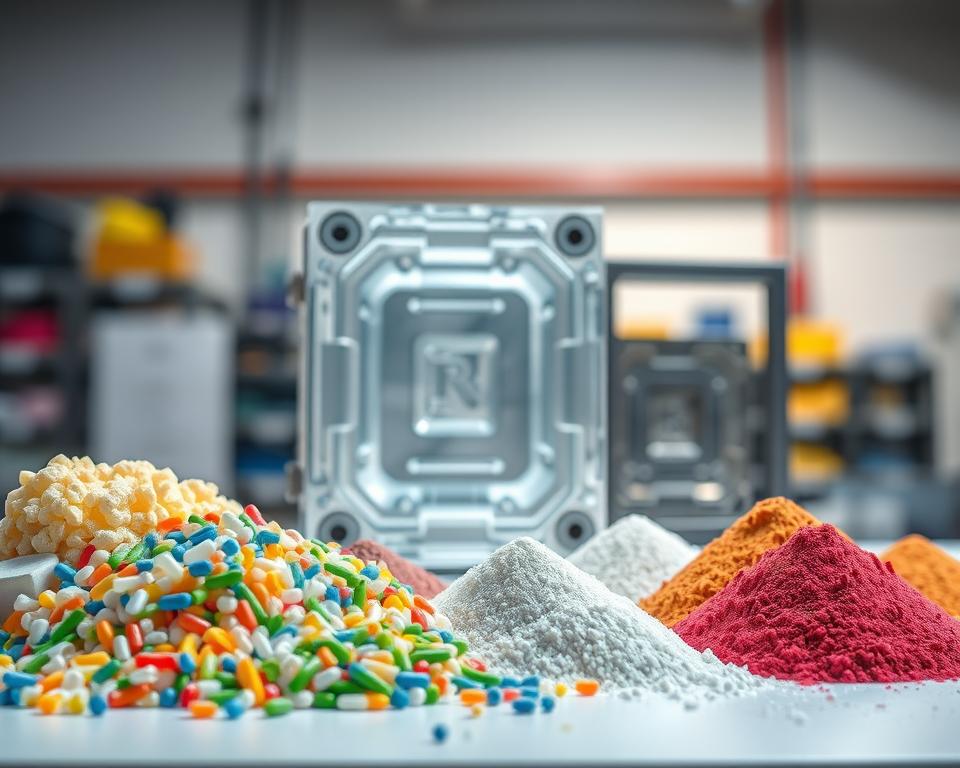How to Select Injection Molding Services in China
Well, the major meeting has just concluded. your new product has been approved, the schedule is tight, and the budget is, let’s say, constrained.. Then a voice—perhaps your manager or the CFO—drops the line that gives every project manager a shock: “We should look at sourcing this from China.”
Naturally, you agree. It seems sensible at first glance. The potential savings can be massive. However, your brain is racing with concerns. You’ve heard the stories, haven’t you? The nightmare of defective parts, opaque communication, and delayed, off-spec shipments. It feels like walking a thin line between big savings and total project failure.
But here’s the catch. Procuring China injection molding needn’t be a roll of the dice. It’s a project, just like any other. And like any project, it succeeds or fails based on the process you follow. It isn’t about the cheapest offer but about choosing the right supplier and running the process transparently. Ignore the nightmare anecdotes. Let’s walk through a real-world playbook for getting it right.

Step One: Do Your Homework
Before searching suppliers or opening Alibaba, nail down your requirements. In fact, most overseas manufacturing headaches stem from a vague or incomplete RFQ. You cannot expect overseas partners to interpret your unspoken requirements. A vague RFQ is like telling a contractor to bid on “a house.” The replies will range from absurdly low to exorbitant, none of which help.
Your goal is to create a Request for Quotation, or RFQ, package that is so clear, so detailed, that it’s nearly impossible to misinterpret. It’s the cornerstone of your entire effort.
So, what goes in it?
Start with your 3D design files. They cannot be skipped. Stick to universal formats like STEP or IGS to avoid any compatibility headaches. This is the master blueprint for your part’s geometry.
But 3D isn’t enough. You also need detailed 2D drawings. This is where you call out the stuff that a 3D model can’t communicate. Think tolerances, material grades, finish specs, and any feature-critical notes. If a specific surface needs to be perfectly smooth for a seal, or a particular hole diameter is vital for an assembly, your 2D drawing needs to shout it from the rooftops.
Next up, material. Don’t just say “Plastic.” Don’t even just say “ABS.” Be specific. If you need SABIC Cycolac MG38 in black, say exactly that. Why be exact? Because there are thousands of plastic variations. Specifying the exact resin grade ensures you get the strength, flexibility, UV resistance, and color consistency you planned for with plastic mold injection.
A good supplier can suggest alternatives, but you need to give them a clear starting point.
Finally, include the business details. What’s your forecasted annual volume (EAU)? A supplier needs to know if they’re quoting a tool that will make 1,000 parts in its lifetime or 1,000,000 parts a year. Cavity count, tooling cost, and per-unit pricing depend on volume.
The Great Supplier Hunt
With your RFQ perfected, now, who do you send it to? The internet has made the world smaller, but it’s also made it a lot noisier. It’s easy to find a supplier; it’s hard to find a good one.
Your search will likely start on platforms like Alibaba or Made-in-China.com. They let you survey dozens of suppliers quickly. Treat them as initial research tools, not final solutions. Aim for a preliminary list of 10–15 potential partners.
But don’t stop there. Perhaps hire a local sourcing specialist. Yes, they take a cut. But a reputable agent brings pre-screened factories. They handle local liaison and oversight. As a newcomer, this offers priceless security. Think of it as insurance for your project timeline.
Another classic method? Trade shows. If you have the travel budget, attending a major industry event like Chinaplas can be a game-changer. Meeting onsite is unbeatable. Hold samples, talk shop, and gauge professionalism firsthand. And don’t forget the oldest trick in the book: referrals. Tap your professional contacts. A recommendation from a trusted peer is often worth its weight in gold.
Shortlisting Serious Suppliers
With your RFQ dispatched to dozens of firms, the quotes will start trickling in. You’ll see ridiculously low offers and steep quotes. Your job now is to vet these companies and narrow it down to two or three serious contenders.
What’s the method? It’s a bit of an art and a science.
Step one: audit communication. Is their turnaround swift and concise? Do they communicate effectively in English? But here’s the real test: Are they asking you intelligent questions? Top vendors will critique and inquire. Example: “Should we add draft here for better ejection?” or “Your tolerance may require extended CMM time—okay?” That’s a huge positive sign. It proves their expertise and involvement. A “Sure, no issues” vendor often means trouble.
Afterward, verify their technical arsenal. Request their machine list. Review examples of parts akin to your design. If you’re making a large, complex housing, you don’t want a shop that specializes in tiny gears.
Finally, inspect the factory. You can’t skip this. Just as you interview hires, audit suppliers. You can either go yourself or, more practically, hire a third-party auditing firm in China to do it for you. They’ll send a local inspector to the factory for a day. They confirm legitimacy, audit ISO 9001, inspect equipment condition, and gauge the facility. It’s a tiny cost for huge peace of mind.
From Digital File to Physical Part
Once you’ve chosen your supplier. you’ll agree on terms, typically 50% upfront for tooling and 50% upon first-sample approval. Now the real fun begins.
Initially, expect a DFM report. DFM stands for Design for Manufacturability. This is your supplier’s formal feedback on your part design. The report calls out sink-risk zones, stress-causing corners, and draft angle gaps. A thorough DFM is a sign of a professional operation. It’s a two-way partnership. Together, you tweak the design for best manufacturability.
With DFM sign-off, toolmaking begins. Weeks on, you receive the thrilling “T1 samples shipped” notification. These represent the first trial parts. It’s your first real test.
Expect T1s to need tweaks. It’s par for the course. There will be tiny imperfections, a dimension that’s slightly out of spec, or a blemish on the surface. You’ll provide detailed feedback, they’ll make small adjustments (or “tweaks”) to the tool, and then they’ll send you T2 plastic mold company samples. It could require several iterations. Plan for this loop in your schedule.
Eventually, you will receive a part that is perfect. It meets every dimension, the finish is flawless, and it functions exactly as intended. This is your golden sample. You formally approve it, and this sample is now the standard against which all future mass-produced parts will be judged.
Crossing the Finish Line
Landing the golden sample is huge, yet the project continues. Now you’re entering the mass production phase. How do you maintain consistency for part 10,000?
Implement a robust QC plan. Typically, this means a pre-shipment audit. Again, you can hire a third-party service. They’ll randomly select parts, compare them to specs and golden sample, and deliver a detailed report. They provide a photo-filled inspection report. After your approval, you release the shipment and final funds. This step saves you from a container of rejects.
Lastly, plan logistics. Know your shipping terms. Does FOB apply, passing risk at the ship’s rail? Or EXW, shifting all transport to you? These details have a big impact on your final landed cost.
Sourcing from China is a marathon, not a sprint. It’s about building a relationship with your supplier. View them as allies, not vendors. Transparent dialogue, respect, and process discipline win. Certainly, it’s complex. But with this roadmap, you can succeed, achieve savings, and maintain quality. You’ve got this.
